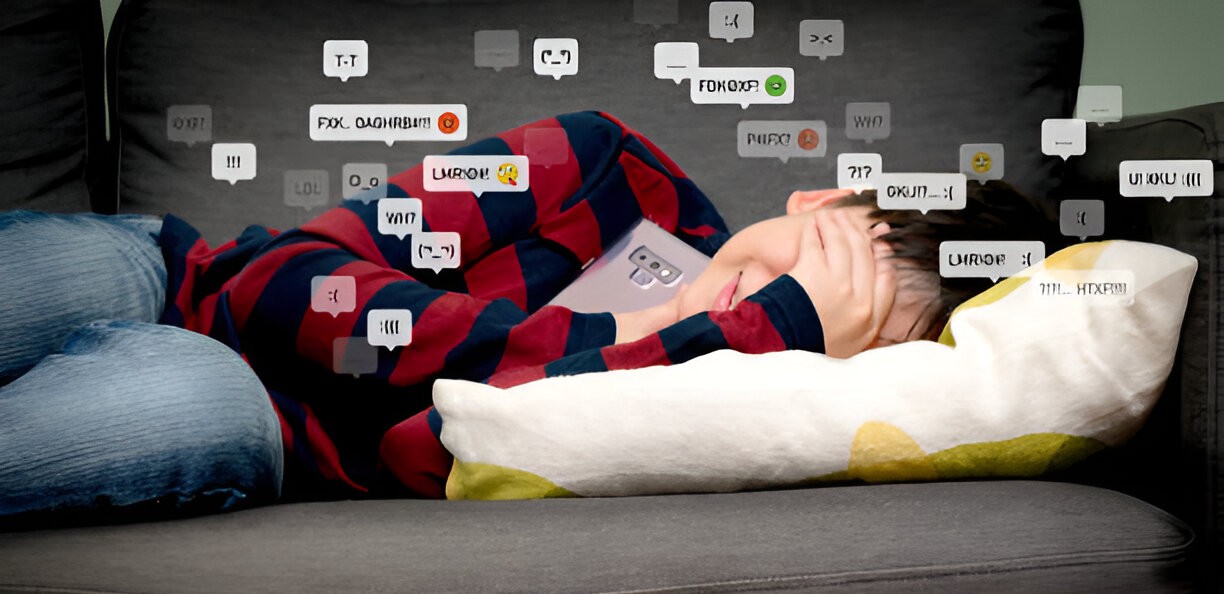Last month, a friend told me she deleted Instagram after realizing she’d spent four hours scrolling through strangers’ vacation photos instead of studying for her finals. “I just wanted a quick break,” she said, “but somehow the afternoon disappeared.” The debate about social media’s impact often presents it as balanced, with benefits and drawbacks. Yes, social media offers real benefits. It connects distant friends, helps activists organize, and provides communities for isolated people. During the pandemic, these platforms became lifelines for maintaining relationships.
But here’s the thing: when you look closely at how these platforms actually work, their design, business models, and the behaviors they encourage, the harm outweighs the good. Social media are carefully engineered systems designed to exploit our psychology for profit, and this comes at a real cost to our well-being.
The Architecture of Addiction
Let’s start with the most basic feature of modern social media: the infinite scroll. This isn’t a convenient design choice. It’s a deliberate decision to remove natural stopping points that might prompt you to close the app. Research on platform design shows that features like pull-to-refresh, variable reward schedules for likes and comments, and push notifications all work together to create what psychologists recognize as addictive patterns.
Think about slot machines for a moment. They’re designed with variable reward schedules because that’s what keeps people pulling the lever. You never know when you’ll hit the jackpot, so you keep trying. Social media works exactly the same way. You never know when you’ll get that dopamine hit from a popular post or an interesting video, so you keep scrolling.
The platforms also use sophisticated algorithms to learn exactly what keeps you engaged. They track everything: what you click, how long you watch, what makes you comment or share. Then they use this data to serve up an endless stream of content perfectly calibrated to keep you on the platform. It’s not about showing you what’s good for you or even what you really want to see. It’s about showing you whatever will keep you scrolling.
Following the Money
To understand why platforms are designed this way, you need to follow the money. Facebook’s parent company Meta made nearly $40 billion in ad revenue in 2024. They don’t make money when you have meaningful connections with friends. They make money when you stay on the platform looking at ads.
This creates a fundamental misalignment between platform interests and user well-being. The longer you scroll, the more data they collect, the more ads they show, the more money they make. Your anxiety, your FOMO (fear of missing out), your compulsive checking – these aren’t unfortunate side effects. They’re the business model.
The platforms have become incredibly sophisticated at what researchers call “surveillance capitalism.” They’re not just tracking what you do on their apps. They’re building detailed psychological profiles to predict and influence your behavior. This data isn’t just used to show you ads for products. It’s used to shape your emotions, exploit your insecurities, and keep you coming back.
The Content Problem
Beyond the addictive design and exploitative business model, there’s the issue of what these platforms actually show us. The algorithms don’t optimize for truth, kindness, or well-being. They optimize for engagement, and unfortunately, the content that drives the most engagement is often the most inflammatory, divisive, or anxiety-inducing.
Studies consistently show that false information spreads faster and wider than true information on social media. Outrage drives more clicks than nuance. Fear keeps people scrolling longer than joy. The platforms know this, and their algorithms amplify it.
This creates what researchers call “toxic content spirals.” The more you engage with negative content, the more the algorithm shows you. Before long, your feed becomes a stream of arguments, bad news, and content designed to make you angry or afraid. Even when you try to curate a positive feed, the algorithm fights against you, always pushing the content that will keep you engaged, regardless of how it makes you feel.
The Illusion of Control
When faced with criticism about these harms, platforms offer “digital well-being” tools and tell users to practice better self-control. Instagram has time limits. TikTok offers break reminders. But this is like a casino offering pamphlets about responsible gambling while keeping the lights flashing and the drinks flowing.
These tools represent what scholars call neoliberal responsibilization – making individuals responsible for managing problems created by systems designed to override their self-control. The message becomes: if social media is harming you, it’s your fault for not using our tools properly.
But the tools themselves are often buried in settings menus, designed to be forgettable, and easy to override. They’re not serious attempts to protect users. They’re PR exercises designed to shift blame from the platforms to the people they’re harming.
The Bottom Line
When I think about my friend who lost an afternoon to Instagram, I don’t blame her for lacking self-control. I see someone caught in a trap designed by some of the smartest people in the world, backed by billions of dollars, and refined by constant experimentation on billions of users. Yes, social media can connect us. Yes, it can spread information and enable organizing. But these benefits could exist without the predatory design, the surveillance, the algorithmic manipulation, and the relentless push for engagement at any cost. The fact that platforms provide some value doesn’t excuse the harm they cause.
The evidence is clear: social media platforms as they currently exist are net negative for human well-being. They’re designed to be addictive, funded by surveillance and manipulation, and filled with content that makes us anxious, angry, and isolated. Until we fundamentally restructure how these platforms work they will continue to extract far more from us than they give back.


